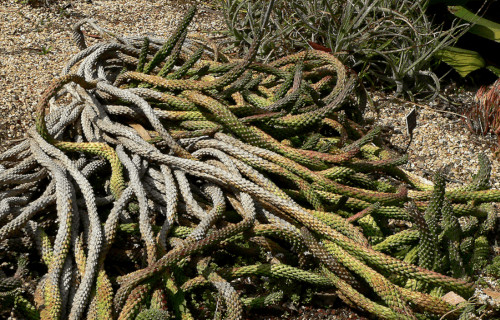
CCL: https://bit.ly/1p2b8Ke
We fervently hope that you will greatly enjoy reading and learning from this article about 3 Wondrous African Woody Shrubs. While these, of course, represent only the tiniest handful of the countless related species to be found here, we feel they’re fairly representational.
Many people erroneously believe this region of the globe to be primarily barren and lifeless. Very little, however, could be further from the truth. This region of the world abounds with many natural wonders, including plants such as these. So, enjoy the read!
Living Stones
Living Stones Facts
- Leading off this article about 3 Wondrous African Woody Shrubs is the awe-inspiring group of species known as Living Stones.
- The highly attention-grabbing term perfectly serves as the common name for a specific, and truly unique, genus of plants. All known members of this unusual genus evolved quite closely grouped. In fact, all evolved as native to one certain continent.
- The first scientific description of a member of this genus occurred in the year 1811. The groundbreaking scientific discovery occurred entirely accidentally, though. The amazed individual making the discovery was the British botanist William John Burchell.
- Since that time long ago time, however, the fascinating group has expanded comparatively significantly. For the moment, botanists place a total of 37 recognized species exist within the bizarre genus. Even more varieties may be added in the future.
- That’s true because scientists acknowledge that other, unrecognized species potentially exist. These as yet unrecognized varieties likely exist, they recognize, and await discovery. This amazing fact holds true due to the nature of the region it inhabits.
- Some of the species appear to have stable populations, while some do not. The IUCN therefore lists a few of them as Vulnerable. The primary threat that the various species known as Living Stones face consists of the growing danger of climate change.
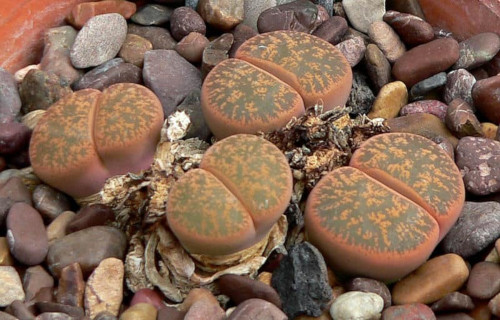
CCL: https://bit.ly/1p2b8Ke
Living Stones Physical Description
Since the common term Living Stones applies to more than one species, one particular fact remains paramount. That’s the understandable fact that physical differences obviously exist between them. That, however, remains a very basic fact of natural evolution.
All of the various members of the genus still have some basic physical traits in common, though. Firstly, all known individuals within the genus possess one or more pairs of leaves. Secondly, these distinctive leaves have a highly bulbous, almost fused nature to them.
These remarkably evolved leaves also display virtually no stem. In point of fact, the leaves of the different species are also placed directly opposite each other. This part of the differing forms of Living Stones also serves to function as a form of camouflage for it.
Due to this fact, different species show different colors. This allows each to best blend in with its surroundings. That distinction occurs due to the varying natures of the local environment. These colors most commonly include shades of brown, cream, and gray.
- Kingdom: Plantae
- Phylum: Angiosperms
- Class: Eudicots
- Order: Caryophyllales
- Family: Aizoaceae
- Genus: Lithops
Living Stones Distribution, Habitat, and Ecology
Perhaps most notably, the truly incredible genus known as the Living Stones has a fairly moderate habitat range. That’s because all known members of the scientific group live in the same general area. That consists of certain regions of the continent of Africa.
More specifically, the vast majority of its numbers appear in the countries of South Africa, Namibia, and Botswana. Within that range, however, the impressive group of plants displays some versatility. It inhabits a variety of both altitudes and environments.
As a result of this surprising variety, it appears in either, veld, grasslands, or even bare, rocky ground. This marvel of Nature also thrives in a wide range of altitudes. As a result, the amazing plant makes its home in areas ranging from sea level to high in the mountains.
All of the species known as Living Stones do appear to have a preference for very arid climates. Because of this trait, the regions the genus lives in average less than 27.5 in (70 cm) of rain per year. Within these ranges, differing species prefer various temperature ranges.
The members of this genus have become popular as ornamental plants throughout the world. This popularity occurs due to both its novelty and the readily available supply of seeds. This fact does, at least, increase the chance of the survival of various species.
Medusas Head

CCL: https://bit.ly/1p2b8Ke
Medusas Head Facts
- Next up among our choices for inclusion in the article about 3 Wondrous African Woody Shrubs comes the mind-blowing Medusas Head.
- Perhaps most notably, the astounding work of Nature remains one of the most visually unique plants currently known to exist. The visually astonishing species also remains known to some people around the world as the Euphorbia Caput-Medusae.
- This incredible work of Nature further represents a remarkably fascinating succulent placed in the genus Euphorbia. The highly distinctive common name of the species derives from its amazing appearance. That fact’s quite understandable!
- Firstly, this amazing plant evolved to present a short, central caudex. Secondly, however, comes the most amazing part of its nature. This part of the plant immediately spreads into a seething mass of serpent-like items which resemble the head of Medusa.
- Its wonders don’t simply stop here, though. That’s due to the fact that yet another surprising fact pertains to this stunning species. Quite surprisingly, thanks to the efforts of mankind, the species has also been introduced to the Netherlands.
- This artificial introduction of the astonishing plant into this non-native area occurred sometime around the year 1700. For the moment, the IUCN thankfully does not have a listing for the Medusas Head on its published Red List of Threatened Species.
- Many experts around the world nevertheless consider this marvel of evolution to be at risk. Much like many species, furthermore, the greatest threats to its continued existence appear to be the effects of climate change and habitat loss.
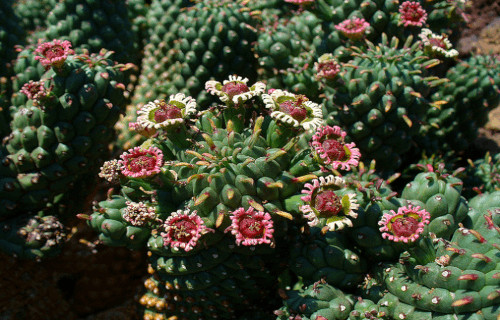
CCL: https://bit.ly/1p2b8Ke
Medusas Head Physical Description
The impressive stems of the remarkable Medusas Head grow covered with thick, scale-like structures. These incredible features also commonly attain an overall diameter of as much as 3.3 feet (1 m). Small deciduous leaves further typically appear near the ends of each stem.
The numerous tubercles it produces also remain covered in structures resembling the scales of a snake. The plant even evolved yet another remarkable characteristic. That’s the fact that the twisting stems of this plant sometimes bury themselves beneath the soil.
Surprisingly, this unusual flora actually develops great beauty when it blooms. During the Spring and Summer seasons, the ends of the many stems develop a covering of numerous small flowers. These typically appear either white, red, or pink in color.
Though it does not rank as toxic, the startling Medusas Head does have some physical traits that serve it as a means of self-defense. The manner in which it achieves this, however, may surprise you. In this principle, at least, it resembles many other plants in the world.
That holds true due to the particular chemical structure of the viscous liquid it produces within itself. As a direct result of the nature of that liquid, the milky colored sap produced by the plant often causes irritation to the eyes and skin, if one finds oneself exposed to it.
- Kingdom: Plantae
- Phylum: Angiosperms
- Class: Eudicots
- Order: Malpighiales
- Family: Euphorbiaceae
- Genus: Euphorbia
- Species: E. caput-medusae
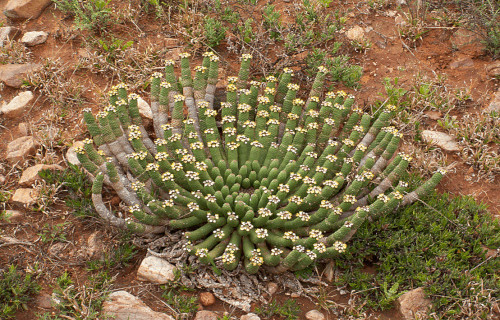
CCL: https://bit.ly/24dGLTK
Medusas Head Distribution, Habitat, and Ecology
To no great surprise, the incredible Medusas Head evolved as endemic to a highly arid region of the world. This fact also, however, serves to regrettably limit its potential habitat range. Ironically, though, this also helps reduce the impact of human presence in its range.
That holds true due to the fact that this creation of Nature appears to only be endemic to the region immediately surrounding the city of Cape Town, South Africa, in Africa. Even within that limited zone of habitation, it has highly specific environmental requirements.
In fact, the strange looking plant generally grows in regions consisting of deep soil and rocky areas along the coastline. Regrettably, the remarkable plant appears to grow nowhere else. Fortunately, though, good news awaits those who find the Medusas Head a fascinating study.
That’s because within the areas of its native habitat that remain, it still seems to be abundant. Unfortunately, much of its native habitat has been destroyed, mainly due to urban development. This distinctive succulent also faces yet another danger to its existence.
Most unfortunately, that’s the presence of many non-native plants within its endemic range. Quite sadly, many of these species have now become highly invasive. As a direct result, these appear to be slowly pushing the incredible flora out of its own habitat.
Muhure
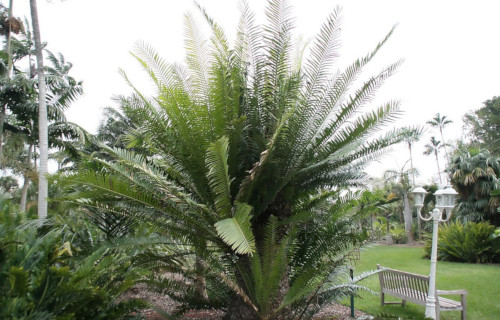
CCL: https://bit.ly/2YtJXjK
Muhure Facts
- The last entry into this compendium of 3 Wondrous African Woody Shrubs is the fascinating species know simply as Muhure.
- Surprisingly, the comparatively simple term for it serves as the common name for a truly extraordinary variety of cycad. Its scientific name, however, remains that of the moderately difficult to pronounce technical term Encephalartos whitelockii.
- Regardless of which term one uses to refer to it, though, this fascinating flora remains a subject of great concern among many conservation minded individuals. The fortunate discovery and recognition of this plant occurred only in recent times, however.
- The impressive species also bears its scientific name in honor of Loran Whitelock. This singular occurs in appreciation of his highly extensive research into various cycads. Quite unfortunately, though, the known population of Muhure remains very small.
- In point of fact, estimates place the number of surviving specimens at fewer than 8,000 plants. Since this fact remains true, along with other factors, the IUCN presently lists the amazing Muhure as Critically Endangered. This appears on its Red List.
- For the moment, its greatest threats appear to be comprised of two specific, but sometimes related, factors. For one, it remains especially vulnerable to habitat loss. Not only that, but climate change also poses a severe threat to its continued existence.
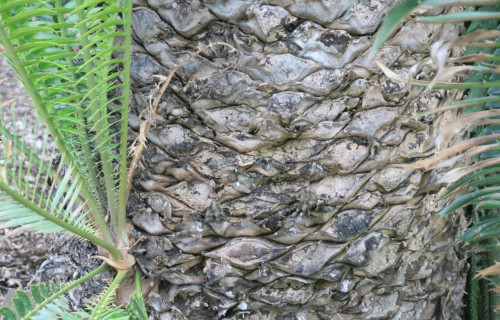
CCL: https://bit.ly/2YtJXjK
Muhure Physical Description
The incredible Muhure has an impressive nature that goes far beyond mere physical size. This holds true given the fact that it manages to amaze the viewer despite one limiting factor. That’s the fact of its not being an overly large variety of flora, compared to some.
That’s because mature specimens of this extremely rare and startling cycad only attain a maximum height of approximately 13.1 ft (4 m). Most specimens, however, remain somewhat smaller than this. Moreover, this height displays itself in remarkable fashion.
That’s due to the fact that each plant produces a number of erect stems. These grow from a short base, relatively close to the ground. Each of these features further measures about 15.75 in ( 40 cm) in total diameter, and most commonly develops small in clumps.
Each of these remarkable stems further possesses numerous long, thin leaves. These parts of the plant themselves also grow to as much as an incredible 13.5 ft (4.1 m) in length. Further, this unique foliage also has a light green color, and slightly serrated on the edges.
The astonishing Muhure also possesses yet another distinctive characteristic to set it apart. Unlike many similar plants, this one produces both male and female cones. Though obviously not unknown, it nonetheless remains a moderately uncommon trait.
Distinctively, the male cones, of which it produces 1 -5, attain an average length of 19.7 in (50 cm), and 3.5 in (9 cm) in diameter. Meanwhile, it develops 1 -3 female cones, which reach an average length of about 17.7 in (45 cm), and a diameter of roughly 13.8 in (45 cm).
- Kingdom: Plantae
- Phylum: Tracheophytes
- Class: Cycadophyta
- Order: Cycadales
- Family: Zamiaceae
- Genus: Encephalartos
- Species: E. whitelockii
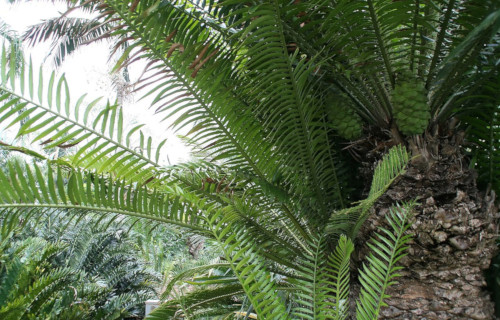
CCL: https://bit.ly/2YtJXjK
Muhure Distribution, Habitat, and Ecology
Unfortunately, the amazing Muhure inhabits an extremely limited, and in some ways harsh, habitat range. That highly regrettable statement holds true because of the fact that this marvelous form of cycad appears to exist in only one known, small location in the world.
More precisely, that area consists of the southwestern section of Uganda, on the continent of Africa. However, even there the Muhure has a severely restricted zone of habitation. It lives along the banks of the Mpanga River, before its outlet near Lake George.
It limits its presence even more specifically, however. This occurs given the knowledge that the species also only appears within a certain range of altitude. That extremely restrictive habitat range also happens to extend from 3,280 – 4,265 ft (1,000 – 1,300 m) above sea level.
There, it only grows on rocky slopes and sheer granite faces. This small area where the Muhure appears consists of high grasses amid a savanna, and a dense evergreen forest. This species of flora achieves its pollination via a combination of insects and the wind itself.
A fairly wide variety of native animals also feed on the outer coat. These species subsequently leave the seeds behind, where some of them later germinate. Finally, many of the seeds produced are consumed entirely, being a popular food source for baboons.

CCL: https://bit.ly/1p2b8Ke
3 Wondrous African Woody Shrubs
We hope that you have thoroughly enjoyed this article about 3 Wondrous African Woody Shrubs. We certainly enjoyed compiling it for you, our readers. These are but the meagerest percentage of the myriad forms of life waiting for you to discover and learn about here.
Sadly, however, many of the species with whom they share this region now find themselves in great peril of extinction. It remains up to each of us to do all that we can to protect and preserve them. After all, don’s we want our posterity to enjoy their wonders, just as we have?
Check out our other articles on 4 Fabulous Marine Shrimp, Earth’s Many Stunning Waterfalls, 6 Startling Marine Slugs, Spectacular Dolphins Throughout Our World
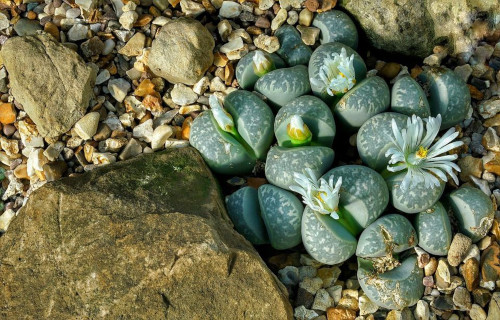
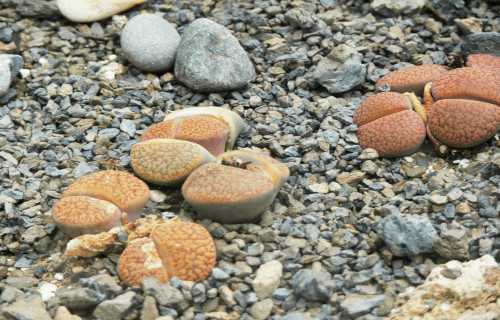









Leave a Reply